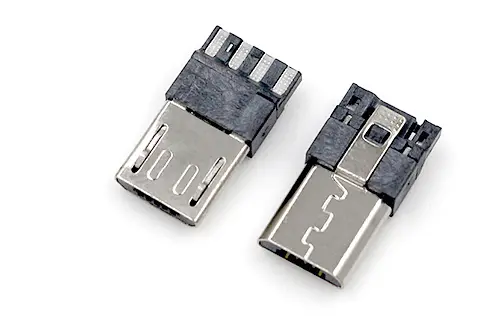Know-how - Mould design and production
Sure, I can help you with that. Here's the article:
Mould design and production

Mould design and production are critical processes in the manufacturing industry. They involve the creation of custom moulds for the production of various parts and products. This article will explore the know-how of mould design and production, including the key considerations, processes, and best practices in this field.
Key Considerations for Mould Design
When it comes to mould design, several key considerations need to be taken into account to ensure the success of the production process. One of the primary considerations is the material to be used for the mould. The material must be chosen carefully based on the specific requirements of the product to be manufactured. Factors such as durability, temperature resistance, and cost-effectiveness must be considered when selecting the mould material.
Another critical aspect of mould design is the part geometry. The design of the mould must align with the intended shape and size of the part to be produced. Factors such as draft angles, undercuts, and parting lines must be carefully considered to ensure the feasibility of the mould design and the ease of part ejection.
Furthermore, the production volume is an essential consideration in mould design. The type of mould (e.g., single cavity, multi-cavity, family mould) must be chosen based on the anticipated production volume. For high-volume production, multi-cavity moulds are typically preferred to increase efficiency and reduce costs.
The Mould Design Process
The mould design process typically begins with the creation of 2D and 3D drawings of the part to be produced. These drawings serve as the basis for developing the mould design. Computer-aided design (CAD) software is commonly used to create detailed mould designs, allowing for the visualization of the mould geometry and the incorporation of intricate features.
Once the initial design is completed, it undergoes a thorough review to identify potential issues and optimize the design for manufacturability. This review process may involve the use of simulation software to assess the mould's performance under various operating conditions, such as material flow, cooling, and ejection.
After the design is finalized, the next step is the production of the mould. This involves the use of specialized machinery, such as CNC milling machines and electrical discharge machining (EDM) equipment, to shape the mould according to the design specifications. The use of advanced manufacturing techniques ensures the accuracy and precision of the mould, which is crucial for achieving high-quality parts.
Best Practices in Mould Production
In order to achieve optimal results in mould production, several best practices should be followed. First and foremost, it is essential to work with experienced and knowledgeable professionals who specialize in mould design and production. These experts can offer valuable insights and guidance throughout the process, helping to avoid common pitfalls and challenges.
Additionally, the use of high-quality materials and the implementation of rigorous quality control measures are critical in mould production. Using inferior materials or overlooking quality control can lead to subpar moulds that are prone to defects and premature failure, ultimately impacting the overall production process.
Furthermore, the implementation of efficient cooling systems within the mould is essential for maintaining consistent part quality and minimizing production cycle times. Proper cooling helps to control the temperature distribution within the mould, preventing issues such as warpage and sink marks in the finished parts.
Challenges in Mould Design and Production
While mould design and production offer numerous benefits, they also present several challenges that must be addressed to ensure success. One of the primary challenges is the complexity of the part geometry, especially for intricate and highly detailed components. Designing and producing moulds for such parts require a high level of precision and expertise to avoid potential issues during production.
Another common challenge is the need for tight tolerances in the manufactured parts. Achieving precise dimensions and surface finishes in the final parts requires careful attention to detail in the mould design and production processes, as even minor deviations can have a significant impact on part quality.
Moreover, the issue of tooling and equipment maintenance should not be overlooked. Moulds are subject to wear and tear over time, necessitating routine maintenance and, in some cases, repairs or modifications to ensure continued functionality and performance.
Conclusion
In conclusion, mould design and production play a critical role in the manufacturing industry, enabling the efficient and cost-effective production of custom parts and products. With careful consideration of key factors, adherence to best practices, and the ability to address potential challenges, manufacturers can achieve success in mould design and production. By leveraging the know-how discussed in this article, businesses can optimize their operations and deliver high-quality products to meet market demands.
+86 13433648351





